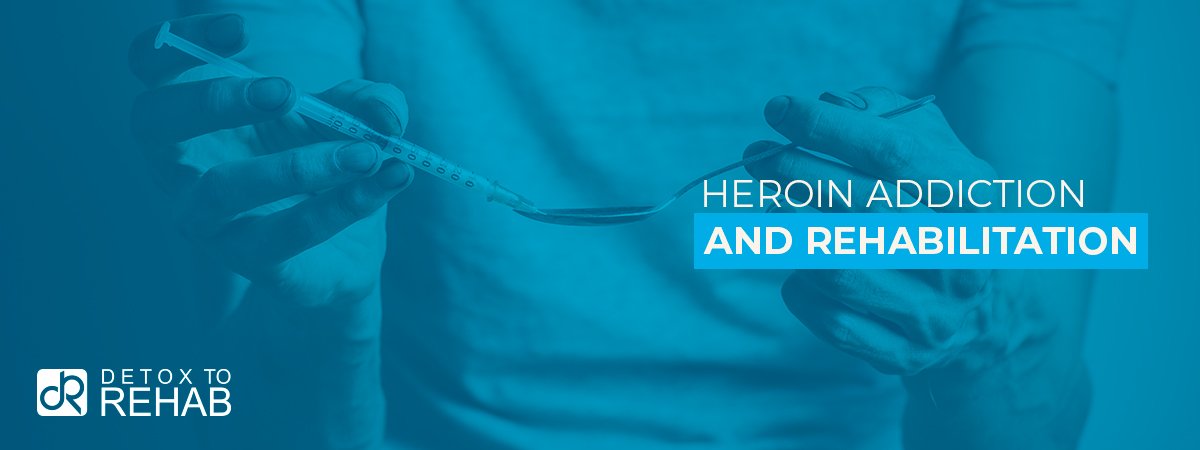

Heroin doesn’t just destroy lives — it steals them. This powerful opioid, derived from morphine, has taken hold of communities across America, claiming thousands of lives each year. What begins as a way to escape pain can quickly become a fight for survival. Heroin addiction is one of the most dangerous and deadly forms of substance use disorder, often leading to physical dependence, collapsed veins, infection, and fatal overdose.
According to the Centers for Disease Control and Prevention (CDC), more than 9,000 people died from heroin overdoses in 2023, and tens of thousands more continue to struggle with long-term addiction. The number is even higher when accounting for synthetic opioids like fentanyl, which are often mixed with heroin to intensify the high — and dramatically increase the risk of death.
Navigating This Guide
This hub page serves as the entry point for deeper exploration. Use the links below to dive into specific areas of heroin addiction:
Street names for heroin include “smack,” “dope,” “H,” “junk,” “brown sugar,” and “China white.”
“Addiction begins with the hope that something ‘out there’ can instantly fill up the emptiness inside.” — Jean Kilbourne
This guide explores the dangers, symptoms, and treatment options for heroin addiction — and how heroin abuse treatment can help individuals reclaim their lives and begin the journey toward recovery.
What Is Heroin and Why Is It So Addictive?
Heroin is an illegal opioid drug made from morphine, a natural substance found in the seed pod of the opium poppy plant. It’s usually sold as a white or brown powder or as a sticky black substance known as “black tar heroin.” Users inject, snort, or smoke it, leading to an intense rush of euphoria followed by drowsiness and slowed breathing.
Heroin activates the brain’s opioid receptors, flooding it with dopamine — the neurotransmitter responsible for pleasure and reward. Over time, the brain becomes reliant on the drug to produce these feelings. This rewiring leads to both physical dependence and psychological addiction, making it nearly impossible to stop without professional help.
What makes heroin especially deadly today is the growing prevalence of fentanyl, a synthetic opioid up to 50 times stronger than heroin. Dealers often mix the two substances, dramatically increasing the risk of overdose — even from a single dose.
Signs and Symptoms of Heroin Addiction
Recognizing heroin addiction early can save a life. Because heroin’s effects are powerful and fast-acting, dependency can develop in just a few uses.
Physical signs of heroin addiction include:
- Constricted (“pinpoint”) pupils
- Slurred speech and drowsiness
- Itching and flushed skin
- Needle marks or “track marks” on arms and legs
- Weight loss and frequent infections
- Nausea, vomiting, or constipation
Behavioral and emotional signs include:
- Secretive behavior or isolation
- Mood swings and irritability
- Neglecting responsibilities
- Borrowing or stealing money
- Decreased motivation or focus
According to NIDA, about 1 million Americans reported heroin use in the past year — and nearly all began by misusing prescription opioids like OxyContin or Vicodin. Heroin becomes the cheaper, more accessible alternative once prescription sources run out, fueling a devastating cycle of addiction.
The Dangers and Health Risks of Heroin Abuse
Heroin doesn’t just take away a person’s sense of control — it destroys their body from the inside out.
Short-term effects of heroin use include:
- Euphoria and relaxation
- Clouded mental function
- Nausea and vomiting
- Slowed breathing and heart rate
- Extreme drowsiness (“nodding off”)
Long-term effects include:
- Collapsed veins (from injecting)
- Liver and kidney disease
- Infections of the heart lining and valves
- Lung complications (pneumonia, tuberculosis)
- Chronic insomnia
- Depression and anxiety
- Irreversible brain damage
Overdose is one of the most immediate dangers. Heroin slows the body’s respiratory system to the point where breathing stops altogether. The CDC reports that nearly 1 in 3 opioid-related deaths involves heroin. When combined with fentanyl or alcohol, the risk of overdose skyrockets.
Another major danger is infectious disease transmission, such as HIV or hepatitis C, which are often spread through shared needles or unsterile equipment.
Heroin Abuse Treatment and Recovery
While heroin addiction is powerful, recovery is possible with the right treatment and support. Because of heroin’s severe withdrawal symptoms and high relapse potential, quitting “cold turkey” is dangerous and often unsuccessful. Professional care is essential.
Heroin withdrawal symptoms include:
- Muscle and bone pain
- Intense cravings
- Nausea, vomiting, and diarrhea
- Chills and sweating
- Anxiety and restlessness
- Insomnia and fatigue
Withdrawal typically begins within 6–12 hours after the last dose and peaks within 2–3 days, lasting up to a week or more.
The safest way to recover is through a structured heroin abuse treatment program, which includes:
- Medical Detox: Doctors monitor withdrawal and may prescribe medications such as:
- Methadone: Reduces cravings and withdrawal symptoms.
- Buprenorphine (Suboxone): Blocks opioid receptors and prevents relapse.
- Naltrexone (Vivitrol): Prevents heroin from producing euphoria.
- Inpatient or Outpatient Rehab: Therapy and support groups help rebuild life skills and prevent relapse.
- Therapies Used in Recovery:
- Cognitive Behavioral Therapy (CBT) to identify triggers and change behavior patterns.
- Contingency Management (CM) to reward positive progress.
- Group and Family Therapy to strengthen relationships and accountability.
- Holistic Treatments like mindfulness, yoga, and exercise to promote overall healing.
According to SAMHSA, individuals who complete both detox and therapy have up to 60% higher success rates than those who attempt to quit alone.
Recovery from heroin addiction takes time, commitment, and compassionate care — but it’s possible. Every day, people rebuild their lives through treatment and regain hope for the future.
True Stories of Addiction: Finding Hope
At Detox to Rehab, we believe in the power of shared stories. Our True Stories of Addiction series highlights real people who have faced heroin and opioid addiction—and found the strength to recover.
Sometimes it takes tough love for a person in active addiction to see the solution. For Chuck, it started with seemingly small things that led him to Opiate and Heroin abuse. Once Chuck started using heroin he was hooked. After some trials, he found a home group and a sponsor, and started working the 12-Steps. He’s proud to say today that he is living a good and happy life without the hold of addiction.
Hearing from others who have walked this path shows that recovery is not only possible — it’s worth every step.
Take the First Step Toward Recovery
If you or someone you love is struggling with heroin addiction, help is available right now. No matter how dark it feels, there is always a way forward.
“It’s never too late to be what you might have been.” — George Eliot
Professional treatment can help you safely detox, manage cravings, and start living again. Search our treatment directory or call our confidential 24/7 helpline at (866) 578-7471 to connect with compassionate professionals who can guide you toward recovery.
The path to healing starts with one brave step — and that step can be taken today.








